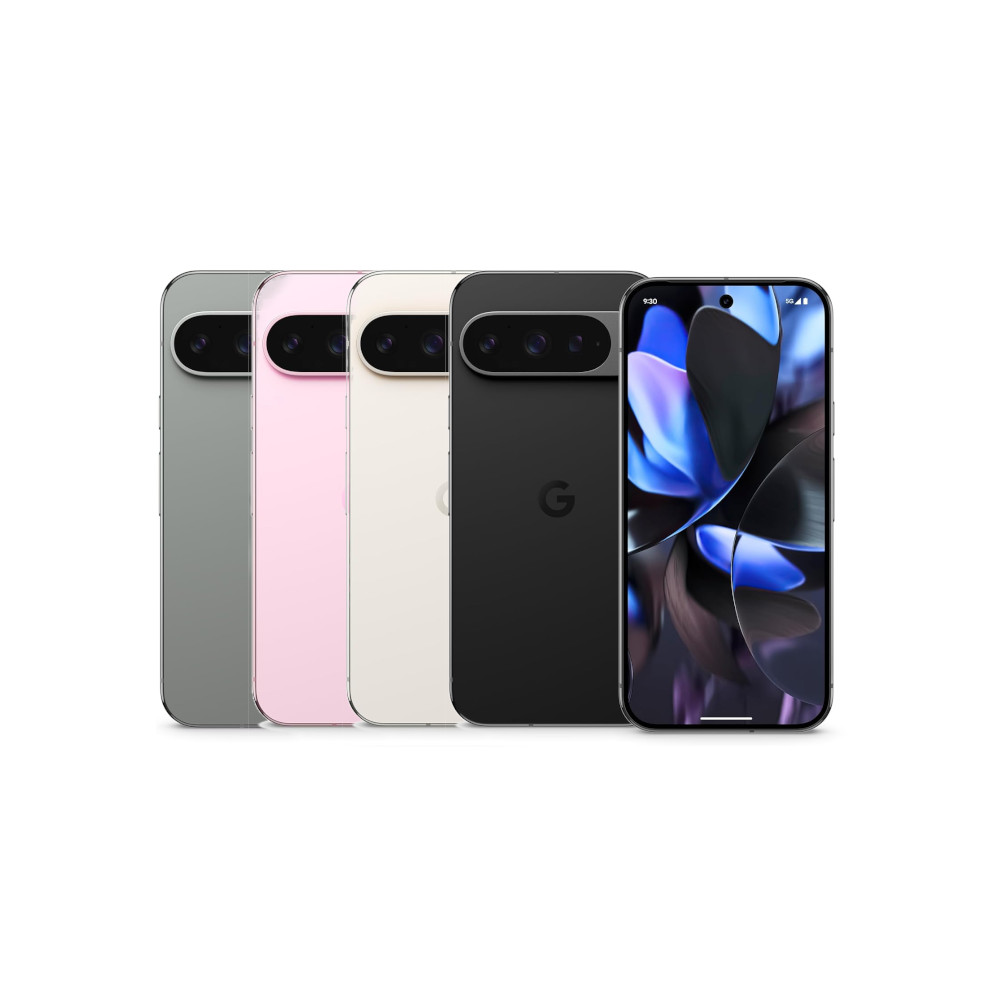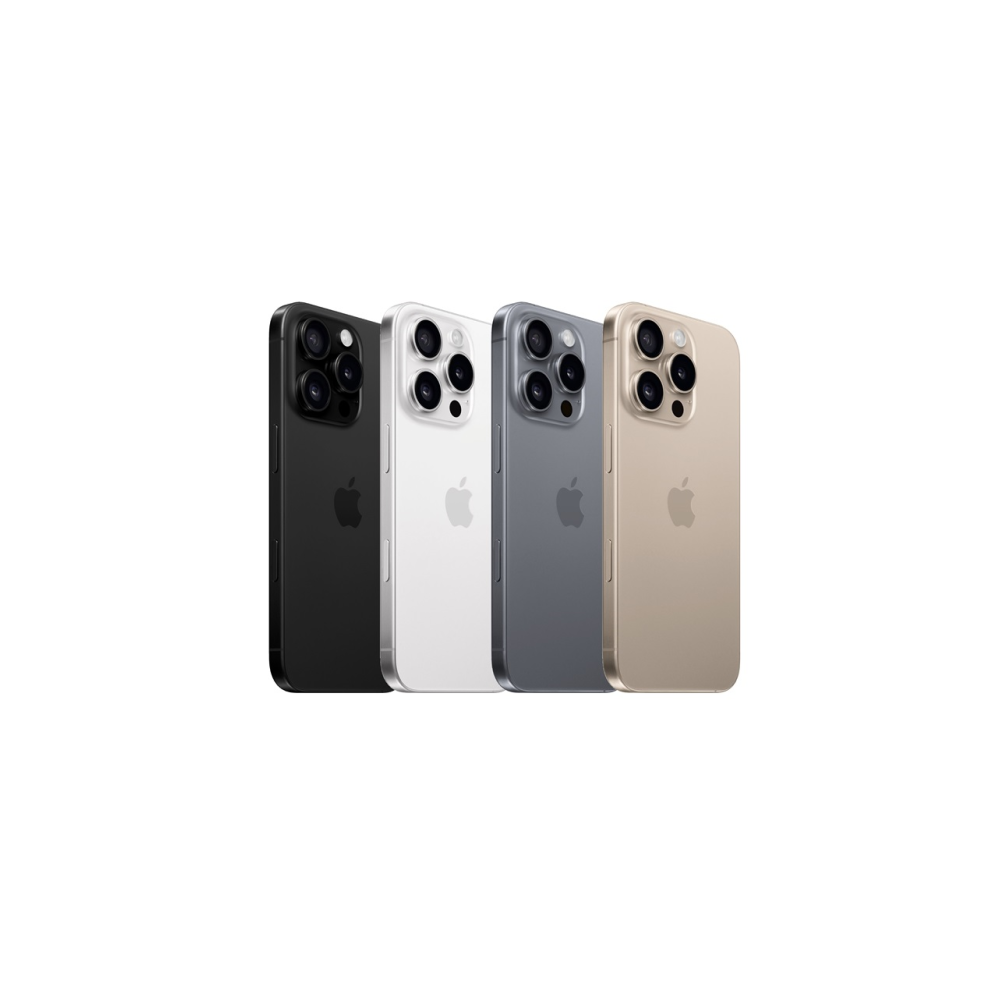
Ryan Haines / Android Authority
Although it’s an essential part of my job when testing a new smartphone camera, I don’t use long-range zoom in my day-to-day life all that often. While it’s sometimes fun to impress my friends and punch in on something from across Baltimore’s harbor, I rarely save the final images, let alone post them anywhere when I’m done. So, when the OnePlus 13 boasted about an updated 3x telephoto sensor, I expected more of the same. I figured it would be good up to about 10x zoom and fine up to 30x zoom, but no more. I was wrong.
Instead, I think OnePlus has found the perfect balance between telephoto hardware and AI processing software, making the OnePlus 13 a force to be reckoned with. Here’s what I think the secret is and how it compares to flagships from Apple and Google.
OnePlus’s one-two punch is a sneaky knockout

Ryan Haines / Android Authority
When I sat down for my first briefing on the OnePlus 13, I expected it to be like any other briefing. I figured that OnePlus would probably talk about how it’s updated its camera sensors, improved them, and infused them with stabilization here, there, and everywhere. And that’s almost exactly what it did. The briefing touched on the fact that OnePlus dropped its telephoto sensor from 64MP to 50MP, kept its 3x optical zoom, and shifted to a tri-prism design to make the sensor thinner, and that was about it.
However, what I didn’t expect was the way AI processing would factor into the updated equation. See, OnePlus mentioned new features like AI Detail Boost and AI Unblur — which are near-copies of what Google’s Pixel cameras do — but it glossed over some of the more basic elements of its image processing. It completely skipped the fact that its AI telephoto zoom doesn’t kick in at all until you pass 30x zoom, and it especially ignored the fact that the OnePlus 13’s image preview is still going to make the Patterson-Gimlin film look like it was shot in 4K.
The OnePlus 13 stretches its 3x telephoto up to a mind-boggling 120x and the results are quite decent.
But when that image processing does kick in, the OnePlus 13 has a way of surprising you. Or, at least, it surprised me time and time again. Toward the end of the OnePlus 13 launch event, I found myself wandering downtown Miami with a few hours to kill. So, I did what anyone based on the brackish Chesapeake Bay would do — I headed for the bright blue-green waters next to Bayfront Park. After all, it would only be hours before I returned to the cold and gray Mid-Atlantic. I picked out a yacht and decided to see what the OnePlus 13 could do. I zoomed… and zoomed… and zoomed, right up to the maximum of 120x. Here’s how my quick zoom test turned out:
As I touched on in my full OnePlus 13 review, the results aren’t perfect — but they’re pretty darn good to my eye. There’s a bit of a shift in the color profile as you move from 2x zoom to 3x zoom and switch to the telephoto sensor, and the red of the American flag is noticeably darker, almost black, by the time you hit 30x zoom. That being said, the lines and shadows at longer focal lengths are what really impressed me. You can still easily see the stains behind the letters in the yacht’s name, and the balls evenly spaced along the railing are easy to make out.
How does the OnePlus 13 compare to other top camera phones?

Ryan Haines / Android Authority
Of course, it’s easy to say that the OnePlus 13 is an excellent camera phone in a vacuum, but that’s not a fair assessment. After all, something might look great right after you take it, only to look thoroughly average when compared to results from other top-tier camera phones. So, with that in mind, let’s put the OnePlus 13 up against the latest from Apple and Google to see if it’s still as impressive.
Before I get to the results of my quick and cold camera shootout, though, I should probably remind you what each camera phone is working with. First, Apple brought one significant change to its iPhone 16 Pro this year: It swapped from 3x optical zoom to 5x for its 12MP telephoto sensor. This brings it more in line with the sensor on the larger iPhone 16 Pro Max and makes the 48MP primary sensor do a lot more heavy lifting at shorter zoom lengths. It is a slightly larger sensor, however, which means the iPhone 16 Pro has more light to work with as you punch in.
On the other hand, Google’s Pixel 9 Pro decided not to fix what wasn’t broken. It kept the same 48MP 5x optical telephoto sensor as the previous Pixel 8 Pro, instead relying on its updated Tensor G4 chipset for most camera improvements. There are a few new (or new-ish) camera features at work, like Zoom Enhance, which finally arrived nearly a year after its announcement, but that’s more of a Google Photos feature than a proper Pixel Camera addition.
So, with that covered, let’s travel back to my hometown to see how these flagships handle some classic collegiate architecture.
1x zoom
2x zoom
5x zoom
10x zoom
20x zoom
25x zoom
As a former middle school track star (just kidding), I figured the best place to put my three flagships through their paces would be an empty track in the middle of a holiday break. I wouldn’t have to compete with athletes working out or worry about employees asking me what I was up to. As it turned out, the track was also a good place to see how my three phones handled a few different textures. Also, I should mention that I stuck to the iPhone 16 Pro’s default zoom lengths for my test, but only because it offers the least flexibility of the bunch.
Which camera results look the best to you?
0 votes
Anyway, there’s not much to pick out between the OnePlus 13, iPhone 16 Pro, or Pixel 9 Pro across the wider focal lengths (1x and 2x zoom). Yes, the three offer different color profiles, with OnePlus brightening the red of the track and Google lightening the blue of the sky, but the details are all fairly consistent.
Once you punch in, however, you notice a few more differences. The OnePlus 13 once again has a noticeable shift in color science once you swap to its telephoto sensor, adopting a much darker shade of blue for the Franklin & Marshall wordmark. Google’s Pixel 9 Pro stays lighter across the entire range, keeping paler shades of blue for the logo and the bleachers themselves but holding onto pretty good details inside the press box, such as the legs of chairs propped on the counter waiting for a spring slate of 400-meter races.
That said, I cut the test off at the top end of Google’s zoom range but didn’t come anywhere close to maxing out the OnePlus 13. I could have pushed it in even closer, similar to what I did with the shots of the yacht above, but that would have made for a difficult head-to-head-to-head comparison.
Google’s Pixel 9 Pro performs pretty well, but the OnePlus 13 zooms much, much further.
And then, there’s the iPhone 16 Pro. I’m not surprised that the 12MP sensor struggled once it eclipsed 10x zoom, but I am a little disappointed. Although the images aren’t blurry, Apple’s camera is the only one to suffer noticeable graininess at 20x and 25x zoom. The iPhone 16 Pro didn’t seem to identify the wooden boards across the bottom of the press box, either, turning them into a gray, stone-like line, while the Pixel and OnePlus 13 maintained a bit more of the wooden character — the grain, if you will.
Of course, once you move past the grainy iPhone results, choosing between the Pixel 9 Pro and OnePlus 13 becomes a matter of personal preference. To my eye, the OnePlus 13’s sharper details and cleaner lines win the day, as they feel more like a reflection of the materials used in the press box. I think that Google’s color profile might be more accurate, but it’s easier to color-correct while post-processing than it is to draw more details out of an image without oversharpening your shot.
Granted, these camera samples are also from a bright, sunny day, so there’s always a chance that Google or Apple can encroach upon OnePlus’s success in trickier lighting situations, but that’s not what I’ve experienced so far. I’ll continue to shoot with all three camera phones, though, and be sure to update this comparison if the OnePlus 13 begins to stumble.

15%off
Google Pixel 9 Pro
Impressive AI-powered features
Excellent build quality
Flexible, capable cameras
Reliable update commitment









